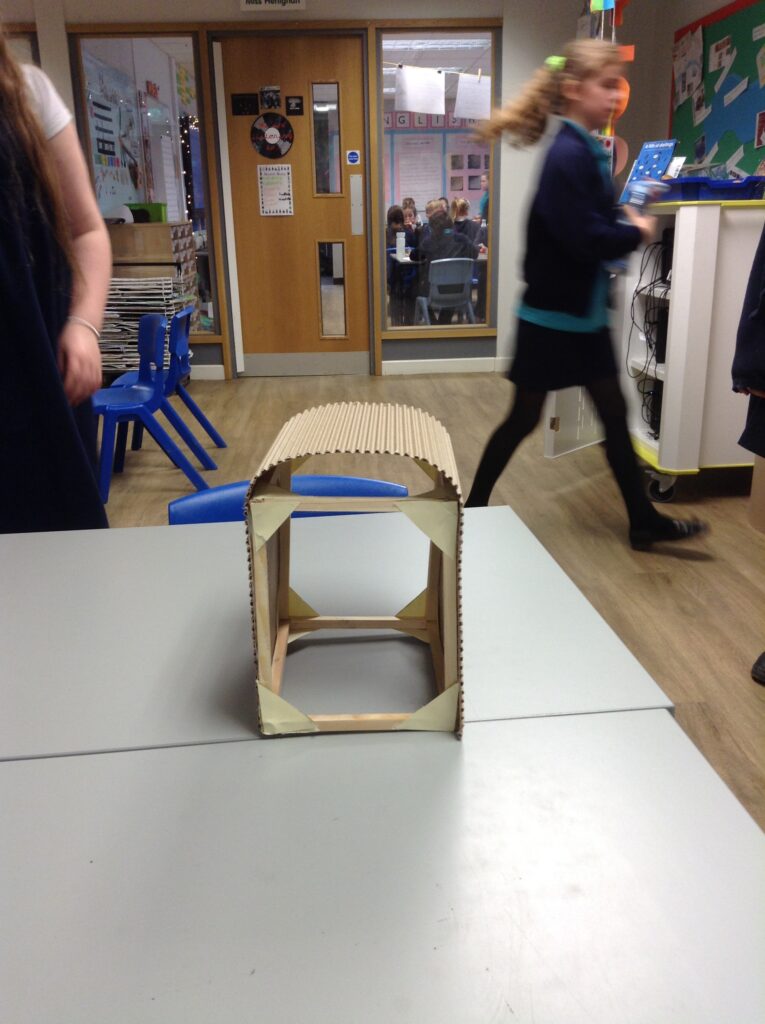Design and Technology
Our Design and Technology curriculum encourages pupils to solve real-life problems. They do this through developing their knowledge and practical skills. Through our key drivers, we develop our pupils to be confident risk-takers. Pupils become well-prepared and resourceful.
Our key drivers are:
- Enquiry, skill development, creative and practical learning
- Problem solving through design to make the world a better place
- Building and expanding technological language and knowledge
Pupils learn about past and present technology. They develop an understanding of its impact on daily life and the wider world. Design and technology provides opportunities to solve meaningful problems. Pupils build the technical skills and knowledge needed to undertake everyday tasks. They become confident in using computer-aided technology. These skills prepare them for our ever-changing advancing world.
Pupils will learn how to create imaginative products with a purpose. They test their design ideas and products. They evaluate them too. They critique their finished product and offer feedback to others. Pupils learn about different engineers, designers, chefs and architects. They learn how their products have changed the world in which we live.
The strands in design and technology are:
- Food and Nutrition
- Construction
- Electrical components
- Mechanical components
- Textiles
Year 1
Making galimotos



Food and nutrition



Year 2
Year 2 have been practising their textile skills by completing some stitching to build into their Mexican bunting.


Year 3
Year 3 have been exploring Buttress joints and finding out how these can strengthen a structure.











Year 4
Year 4 got busy trying out different ways of strengthening structures after designing, making and evaluating their own nets. The children knew that they needed a way of strengthening structures so tried out different ways and evaluated their findings afterwards.




Here are their final products – Viking ships!









Year 5
The children created 3D papier-mâché rivers to display the features of a river

Year 5 REC display to show their work on mechanical components.



Year 6
As part of the REC D&T work, Year 6 have been exploring electrical components, finding out how a circuit design can affect output and functionality. They made decisions on how to create a product for individuals with disabilities.










Children in Year 6 designed (using a prototype) and built Anderson Shelters with mitre joints as part of their work on World War 2.



